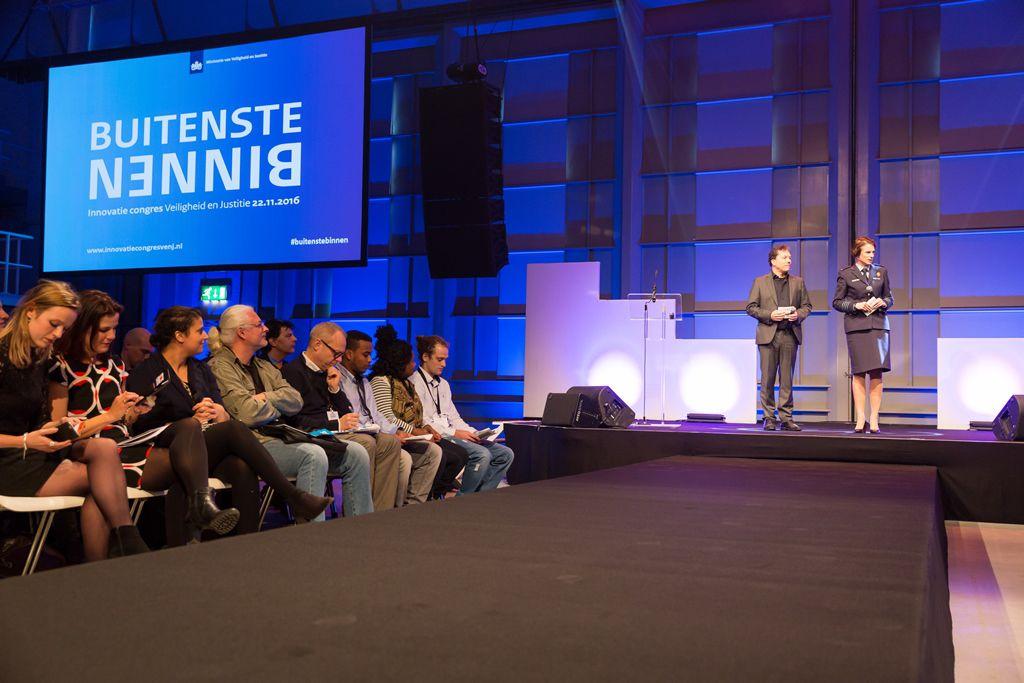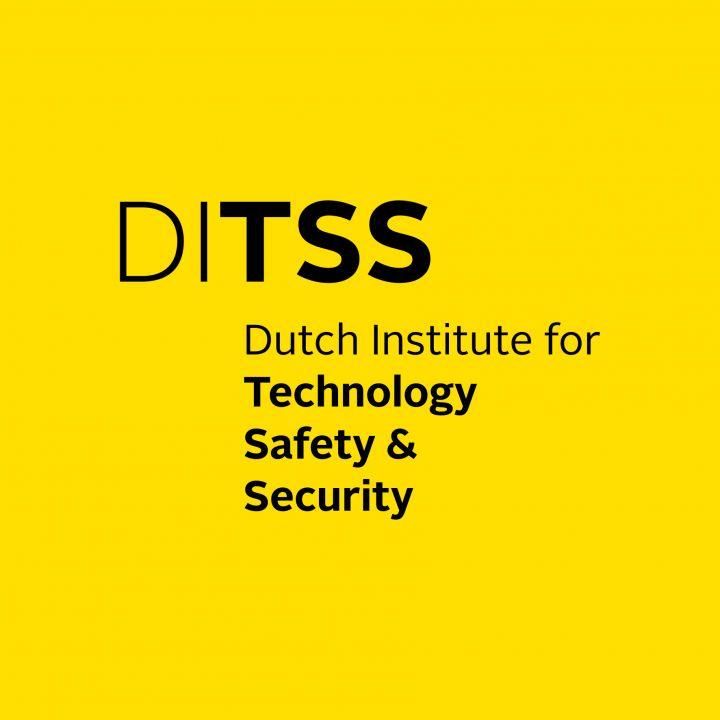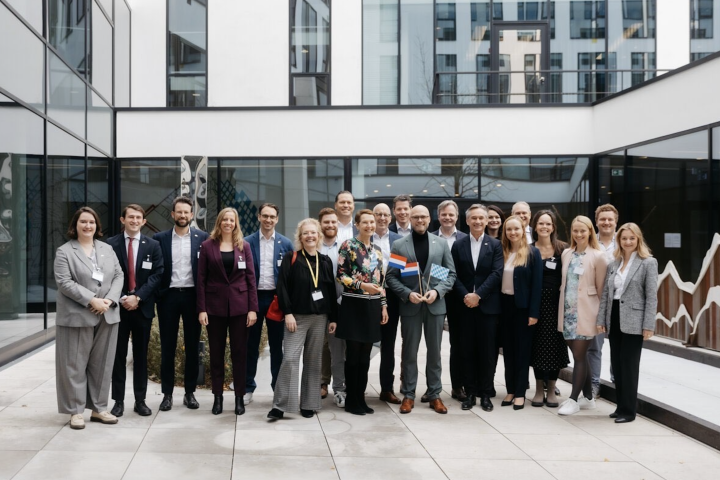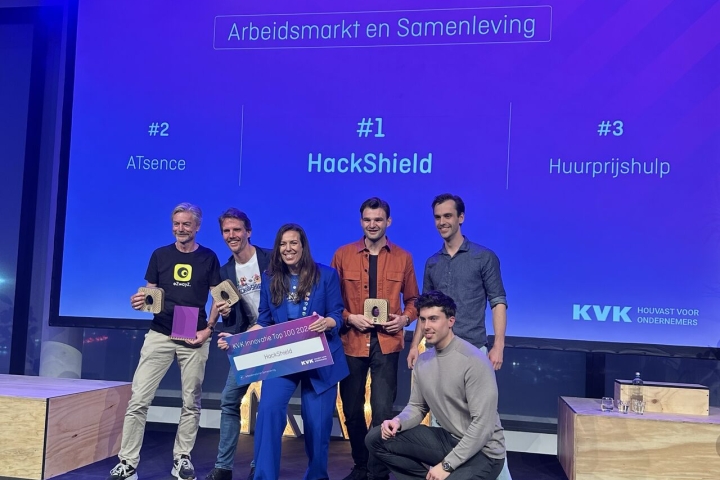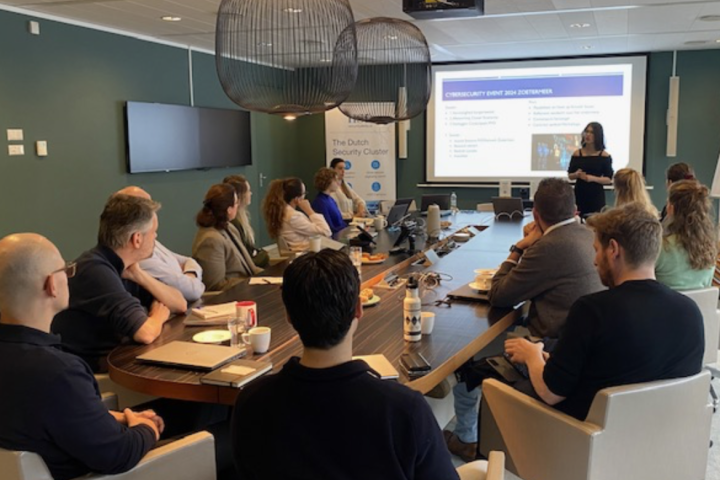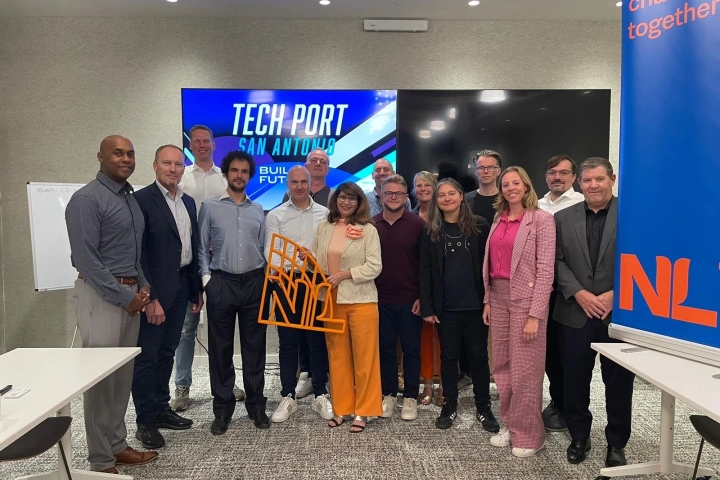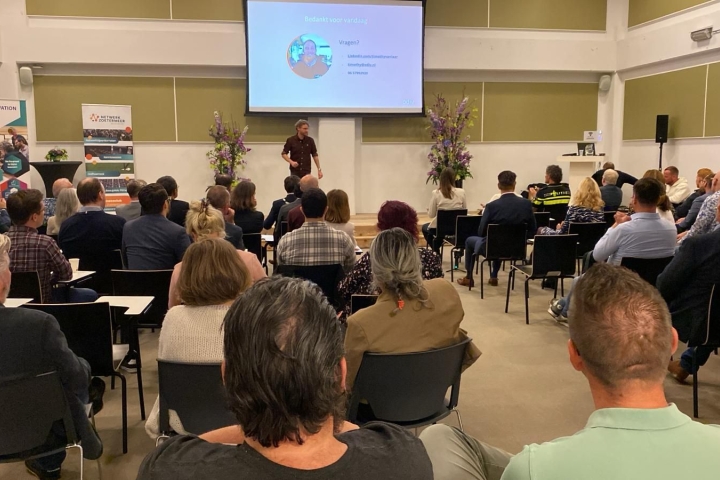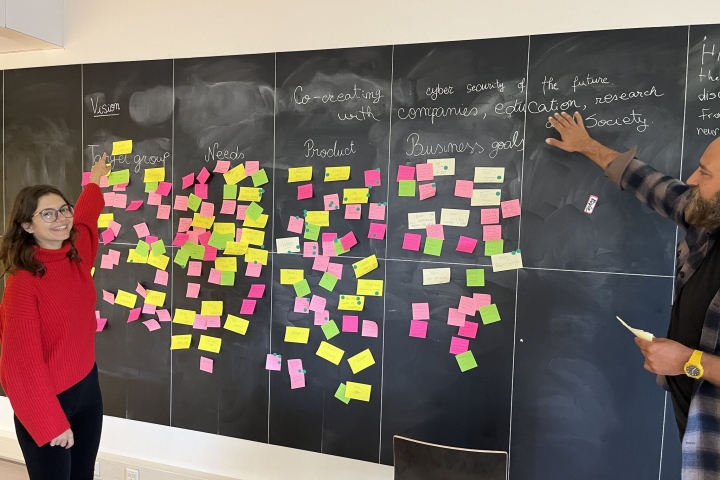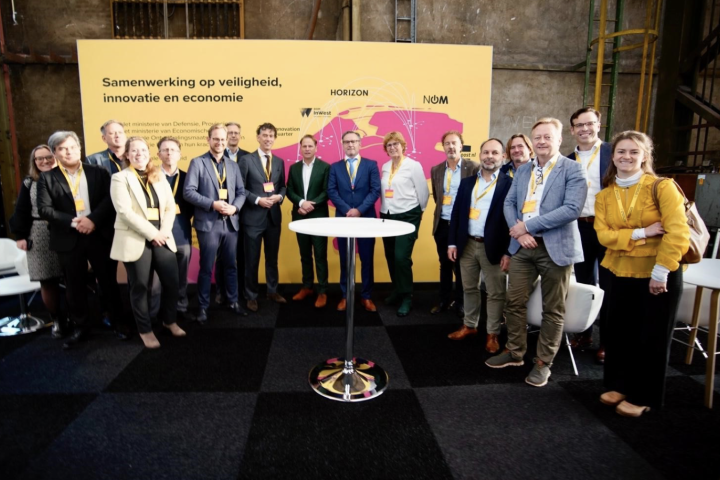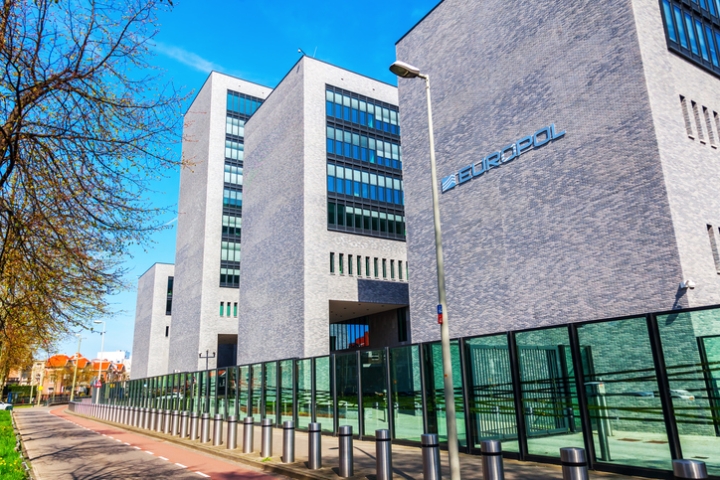Wrap Up: Insight into Use Cases National Innovation Agenda for Security (NIAS)
On November 22nd 2016 the Innovation Conference BuitensteBinnen (Inside Outside), organised by the Ministry of Security & Justice, was held in The Hague. Professionals from the government, businesses, startups and knowledge institutions came together to inspire each other and to create new collaborations, but also to demonstrate their innovations in the field of security and justice. The day included a full programme with numerous demonstrations and over 50 workshops. The digital magazine gives an overview of interesting events during the conference. Many workshops highlighted the way in which innovative techniques were formed into so called ‘use cases’. A number of contributions were linked to the National Agenda for Security (NIAS), initiated in 2015. The Hague Security Delta (HSD) also presented two workshops relating to focuspoint focuspoint 3 (value creation in triple helix innovation) and 4 (social innovation in security), in cooperation with the Dutch Institute for Technology, Safety & Security (DITTS) and Twente Safety & Security (TSS).
National Innovation Agenda for Security (NIAS)
The world is rapidly changing. More and more data is available through sensors, bodycams, smartphones, drones and satellites. The use of the internet and social media results in even more shared information. This calls for innovations which will secure our society. However, this data can only create added value when combined, analysed and interpreted. These developments require new ways of cooperation. This is why the National Innovation Agenda for Security (NIAS) has been developed within the HSD office in cooperation with many HSD partners. It addresses triple helix cooperations on several topics like:
-
Learning from incidents and drills
-
Social innovation and self-organising capacity
-
Value creation in triple helix innovation
-
Identification and prediction of deviant behavior
The NIAS directs security innovation processes and ensures that investments in the security sector are handled effectively. The goal is to stimulate a more secure and more prosperous world with a growth in available jobs and turnover. The Ministry of Security and Justice has been closely involved in the development of the agenda. Themes derived from the Ministry’s security-innovation policies are included in the NIAS and vice versa. The daily work and the programmes at HSD are partly derived from this Innovation Agenda. The NIAS designates 16 concrete key focus areas, grouped into six themes, on which businesses, governments, and knowledge institutions have started cooperating. Contributions to the Innovationcongres relate to the themes “Partnerships in networks and systems” and “Social Innovation for Security”.
“It is good to see that the agenda has led to a number of programs and projects that have been executed in triple helix cooperation and lead to results” according to Peter Elias, Strategic Consultant Innovation of the Ministry of Security and Justice.
NIAS focuspoint 2: learning from incidents and drills
Many new developments in the world ask for a different approach to work together on the security issue. Networking and cooperation in systems is essential. For focus point 2 from NIAV, 'learning from incidents and exercises', representatives from government, industry and knowledge institutions looked for new insights and ways to learn from each others practice. By organising sessions, small workshops and individual interviews new ideas come alive. The essence of these insights are published in an easily accessible brochure ‘Wij met elkaar/ We - Togetherr’ , that was presented to all visitors at the congress. The results includes practical tips for a new way of thinking, and above all standing up for each other and protect each other against errors. Jack Ruibing was coordinator of focuspoint 2. In daily business he is serial Innovator and Project Director of the Safety Region Haaglanden: "If we learn to become better in learning we will not continue to make the same mistakes, innovations will have more fertile grounds and we can also improve the cooperation in public private partnership."
NIAS Focus point 3: Value creation in triple helix innovation
To realise innovations in the security domain triple helix collaborations are seen as a key driver. Triple helix partnerships are partnerships between businesses, governmental organisations and knowledge institutes. A survey was conducted by TNO and Twynstra Gudde commissioned by HSD to do research after the success and failure factors. The research focused on interviews among different kinds of organisations that have experience with triple helix cooperations. The result is a report with 10 recipes and practical tools for success in Triple Helix cooperation.
NIAS 4: Social innovation and self-organising capacity
Focus point 4 'Social Innovation' focuses on social innovation for social security with the aim to solve security issues through a combination of social and technological innovation. In the workshop various aspects of lifestyle related to security came across and how these aspects can be influenced by social innovation. In the user case practical drivers like social media, collaboration with residents and fostering social cohesion were mentioned.
Related Projects
Besides the practical outcome of the above mentioned results, other focus points of NIAS have resulted in opportunities to make our society more secure. For instance the Innovation Experience Room, a living lab for professionals as well as students which allows them to experience the possibilities of the latest technologies, linked to topic 10 of the NIAS (Networked information at central nodes). There is also the example of the Unmanned Valley Valkenburg, with possibilities for Satelite Observation, which is linked to topic 13 of the NIAS (Vision and concept development for operations with unmanned sensor platforms). Current activities that relate to the NIAS are: the expolration for a National Cyber Testbed and the Sensing programme in cooperation with TNO and the National Police where realtime intelligence is put into practice. Another related project is the Drone test Drone Development, Training and Test Centre in Twente in cooperation with Twente Safety & Security (TSS). There is also the Satellite Applications for Security & Justice Innovation Programme, with two SBIR's related to the subjects Large-scale earth-moving and Wildfires for which the Ministry of Security and Justice will be investing 400.000 € offers finance possibilities as innovation project. For more info about this project browse here.





